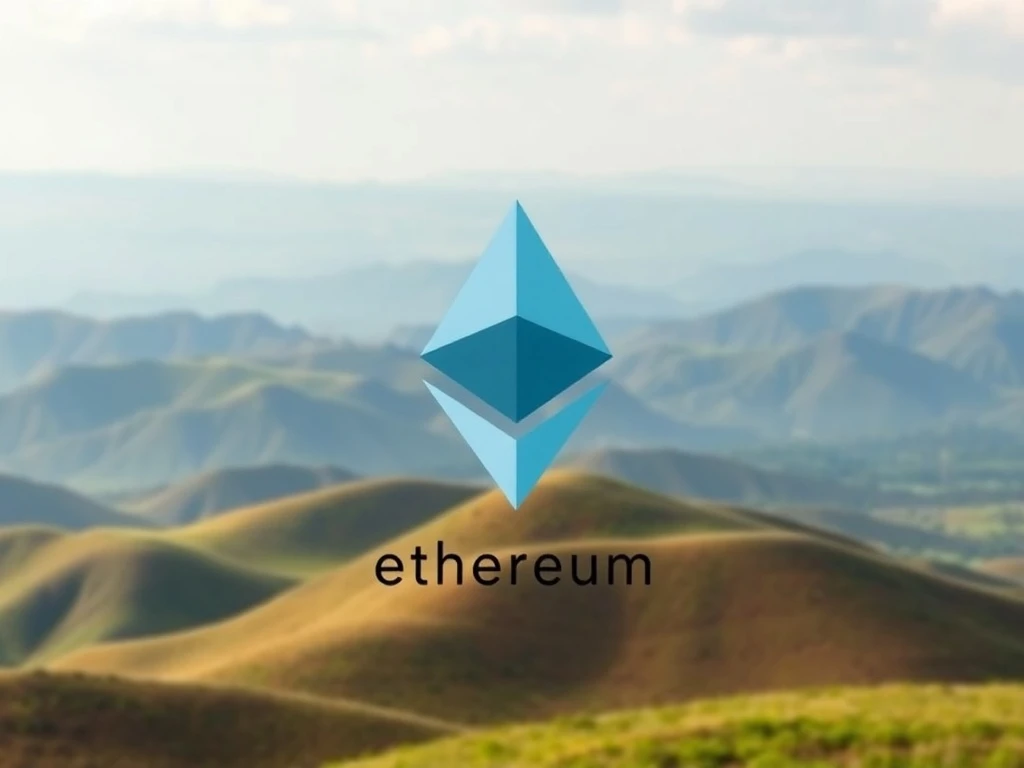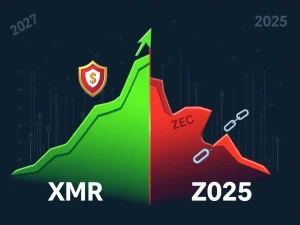Ethereum Foundation Unveils Bold Strategy for Ethereum’s Future

As Ethereum celebrates its 10th anniversary, the platform stands at a pivotal moment. With increasing competition and the evolving landscape of Blockchain Technology, many are asking: What’s next for the pioneering smart contract platform? In a recent exclusive interview, Tomasz Stanczak, Co-Executive Director of the Ethereum Foundation, offered rare insights into the path ahead, addressing challenges and outlining key priorities for the network’s continued development and growth.
Understanding the Ethereum Foundation’s Vision
The Ethereum Foundation plays a crucial role in supporting the Ethereum ecosystem. Stanczak emphasized the foundation’s long-term perspective, which often contrasts with the market’s focus on immediate speed and user experience metrics championed by newer blockchains like Solana or Aptos. He clarified that while critics point to perceived shortcomings, the foundation’s focus remains on careful, deliberate progress grounded in core principles.
The Critical Role of Layer 2 Solutions
A major theme discussed was the increasingly important relationship between Layer 1 (the main Ethereum blockchain) and Layer 2 scaling solutions. Stanczak highlighted that the focus is shifting towards enhancing interoperability, developing robust tools, and establishing common standards. The goal is to create a more cohesive Ethereum network where Layer 2 networks seamlessly interact with each other and Layer 1, significantly boosting transaction capacity and reducing costs without compromising decentralization or neutrality – principles vital to Ethereum’s identity.
Ethereum Staking and Validator Incentives
The conversation also touched upon Ethereum Staking and the incentives for validators. With the rise of Layer 2 solutions potentially reducing activity directly on Layer 1, a debate exists about whether Ethereum can continue to attract sufficient validators. Stanczak offered a nuanced view, suggesting that while institutional participants might prioritize financial returns from Ethereum Staking, a significant portion of the community is motivated by commitment to Ethereum’s long-term values and network security, providing a stable base for validation.
Navigating the Future of Blockchain Technology
The interview provided a look into how the Ethereum Foundation views the broader landscape of Blockchain Technology. Stanczak reflected on Ethereum’s unique position, noting the foundation’s approach to community building differs from rivals known for aggressive outreach and rapid user acquisition strategies. This underscores a commitment to organic growth and fostering a community deeply aligned with the network’s decentralized ethos.
Charting the Course for Ethereum’s Future
What does all this mean for the Ethereum Future? Stanczak’s insights suggest that rather than reacting impulsively to competition, the focus is on building a robust, scalable, and interconnected ecosystem through Layer 2 advancements, solidifying Ethereum Staking, and championing core values. He also touched upon the continued, albeit subtle, influence of co-founder Vitalik Buterin in shaping the direction of the Ethereum Future. The message is clear: The Ethereum Foundation is strategically positioning Ethereum not just to compete today, but to thrive for decades to come, leveraging its strong community and foundational principles.
Summary: A Strategic Outlook
The interview with Tomasz Stanczak offers a compelling look behind the scenes at the Ethereum Foundation‘s strategy. Facing a competitive landscape, Ethereum is prioritizing long-term sustainability through Layer 2 scaling, enhancing interoperability, and relying on a values-driven community committed to Ethereum Staking and security. This approach suggests that the Ethereum Future is being built on a foundation of careful progress and strategic ecosystem development, rather than simply chasing short-term metrics in the world of Blockchain Technology.










